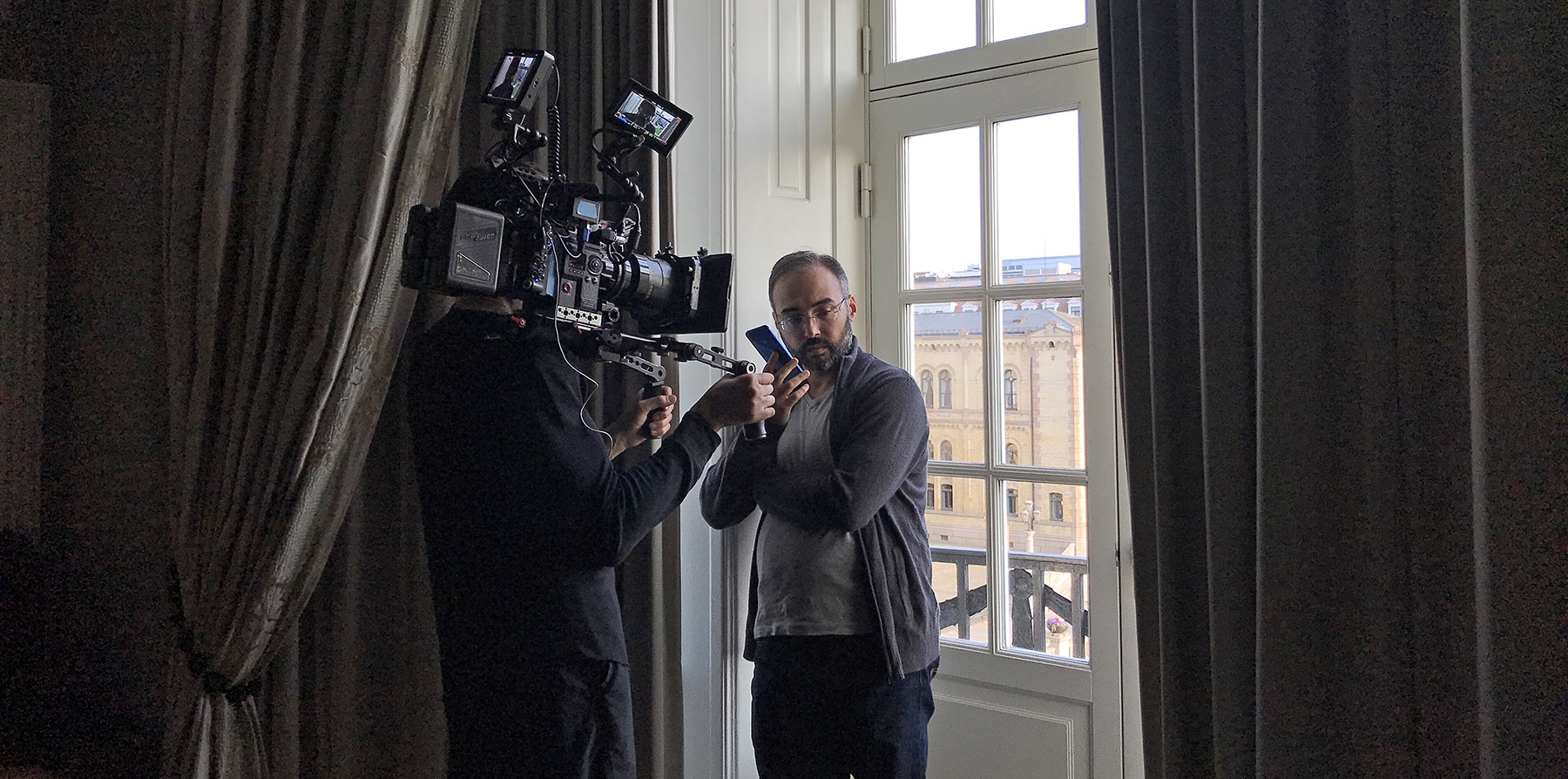
Documenting The Dissident
Director Bryan Fogel and cinematographer Jake Swantko discuss their visual approach to this compelling true-life thriller.
An overhead aerial shot of cars moving through the streets of Montreal cuts to an interior where a worried-looking man is on a cellphone call. A tension-building soundtrack plays. We hear TV news reports about the mysterious disappearance of a journalist who entered the Saudi Arabian consulate in Istanbul and never came out. The camera follows the man on the cell-phone as he walks outside and heads down the steps of a subway station. He reads an incoming text message: “Just be careful, move from city to another one… Do not use your phone, there’s a team that’s going to kill you soon.”
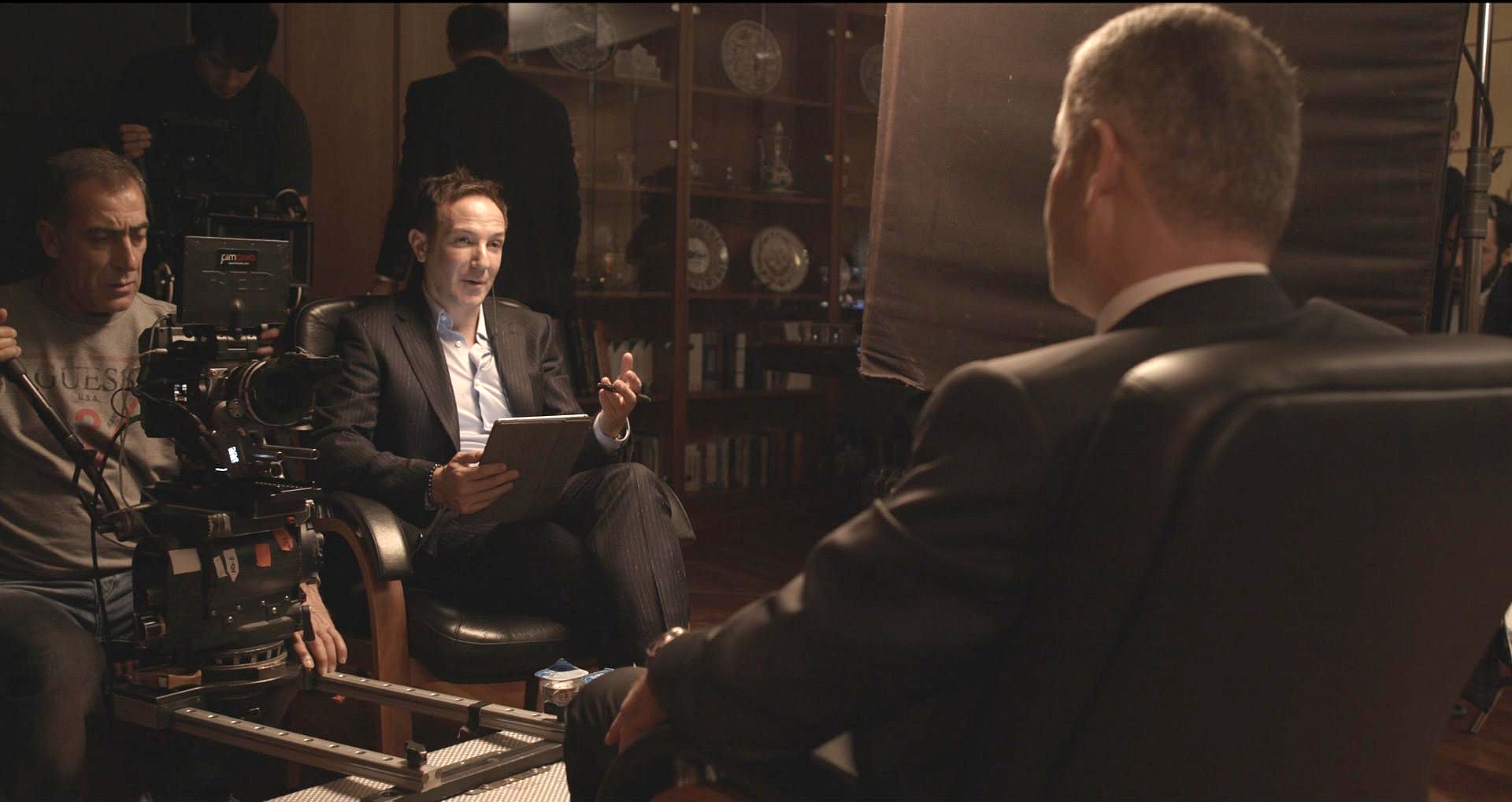
It feels like a Jason Bourne thriller. In fact, it is the beginning of the documentary The Dissident — directed by Bryan Fogel and shot by Jake Swantko — a real-life exposé of the murder of Washington Post journalist Jamal Khashoggi on Oct. 2, 2018 by Saudi agents in Istanbul. The man on the cell phone is Saudi dissident Omar Abdulaziz, a friend of Khashoggi, who is now living in exile in Canada under police protection, fearing for his life.
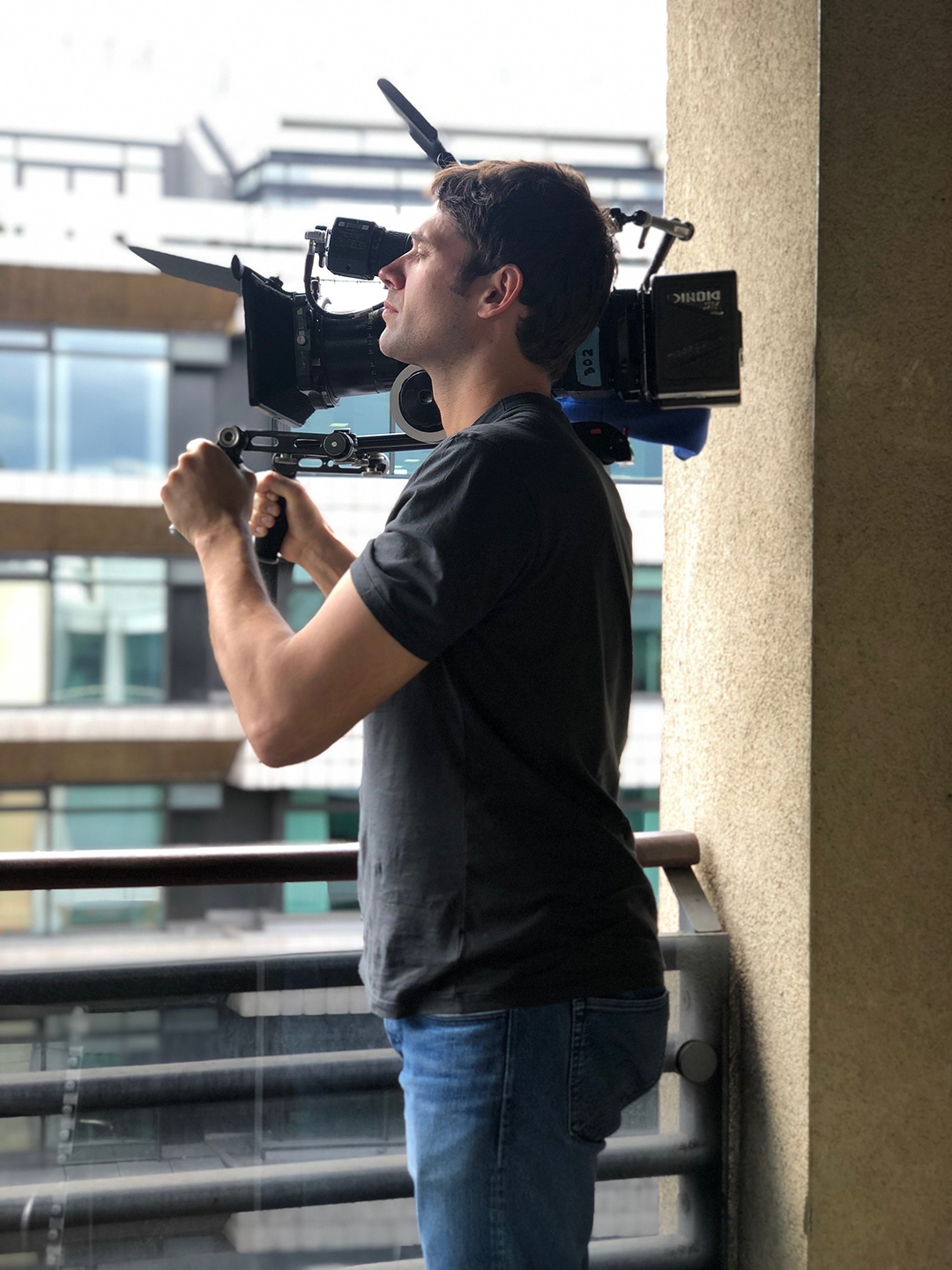
“Once Bryan said ‘Let’s make this,’ there wasn’t a lot of time to sit around and talk about how to make it look, because the story was still happening,” says Swantko, who worked previously with Fogel on Icarus (which earned Fogel and producer Dan Cogan the Academy Award for Best Documentary Feature in 2018). “We had to go and film the interviews — with Omar in Canada, and then in Turkey. But then I thought to myself, ‘What kind of look do I want?’ I decided to go with the Red Weapon Epic 6K and Panavision Primo SL Series T1.9 primes, and make it a slightly dark thriller — which is what it was. Bryan trusts my instincts in that respect.”
A Red Helium 8K was additionally used for sequences shot in Turkey, while other cameras included a Sony FS7 MK I 4K and a Canon C300 MK II 4K. Additional optics included Leitz Cine Summicron-C and Canon CN-E primes and zooms. Swantko frequently paired his optics with Tiffen 4x5.6 IRNDs
Fogel adds, “What Paul Greengrass did in the Bourne movies was a real inspiration for us. They feel so real, with huge vérité elements.”
“I wanted as much cinematographic quality as possible to make sure we told the story right — because you almost owe a special duty to the story of a journalist being killed.”
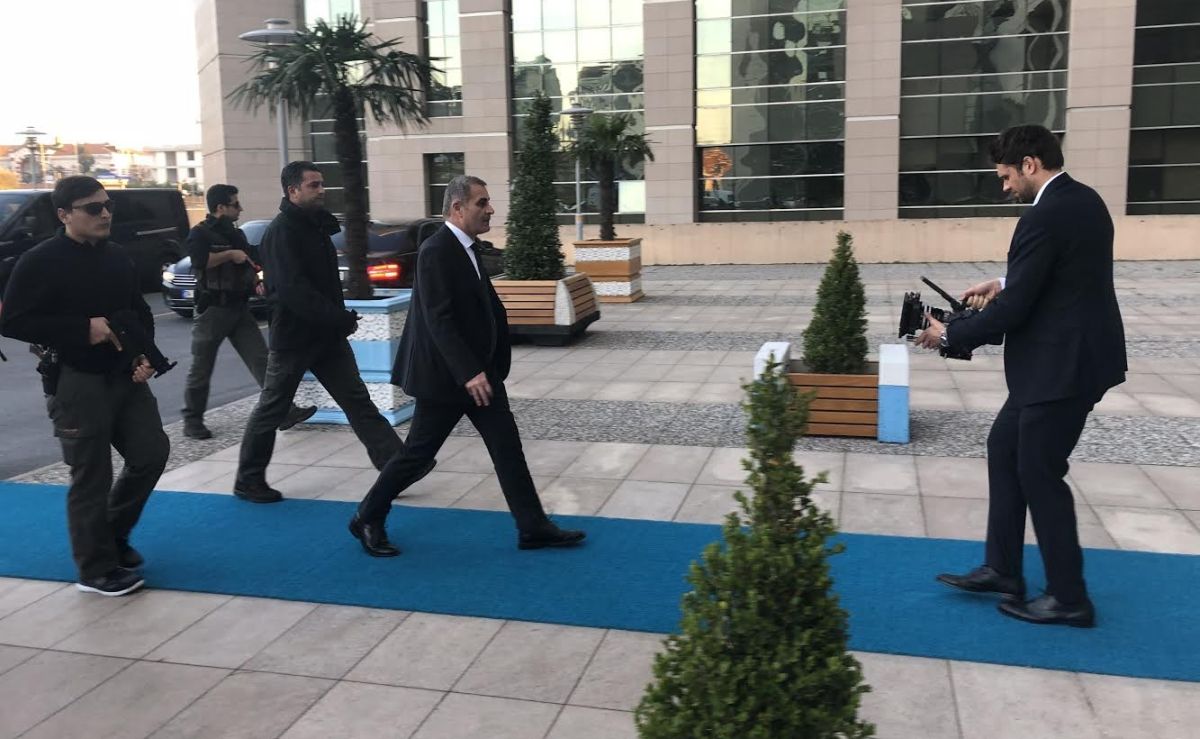
The result is a film that goes beyond simply documenting facts, to eliciting a strong emotional tension that keeps the viewer riveted throughout, as the documentarians provide compelling testimony that Khashoggi was murdered at the express orders of Mohammed bin Salman (aka “MBS”), the Crown Prince of Saudi Arabia. Khashoggi’s body was cut up with bone-saws and then allegedly burned in an oven in the residence of the Saudi consul general in Istanbul.
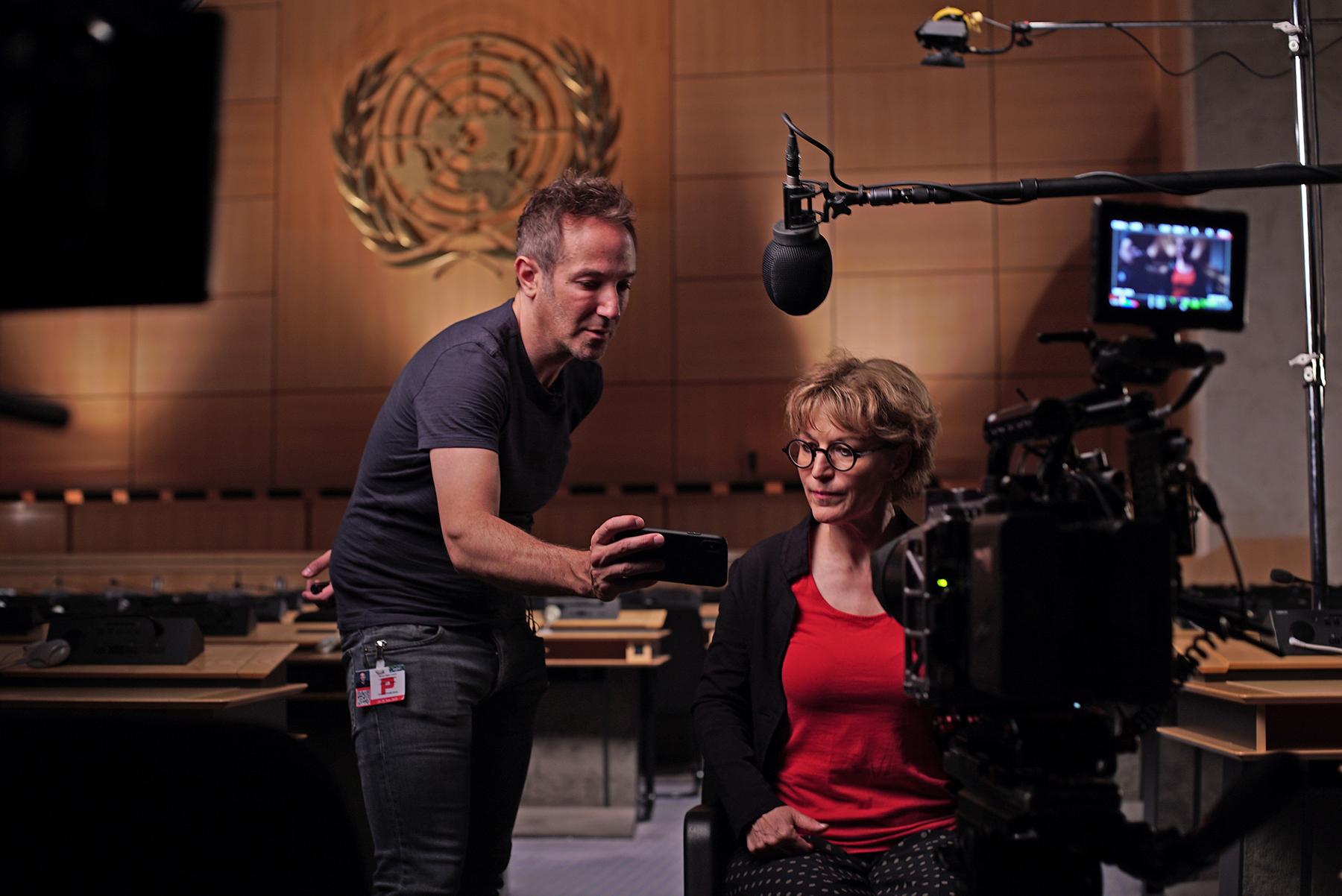
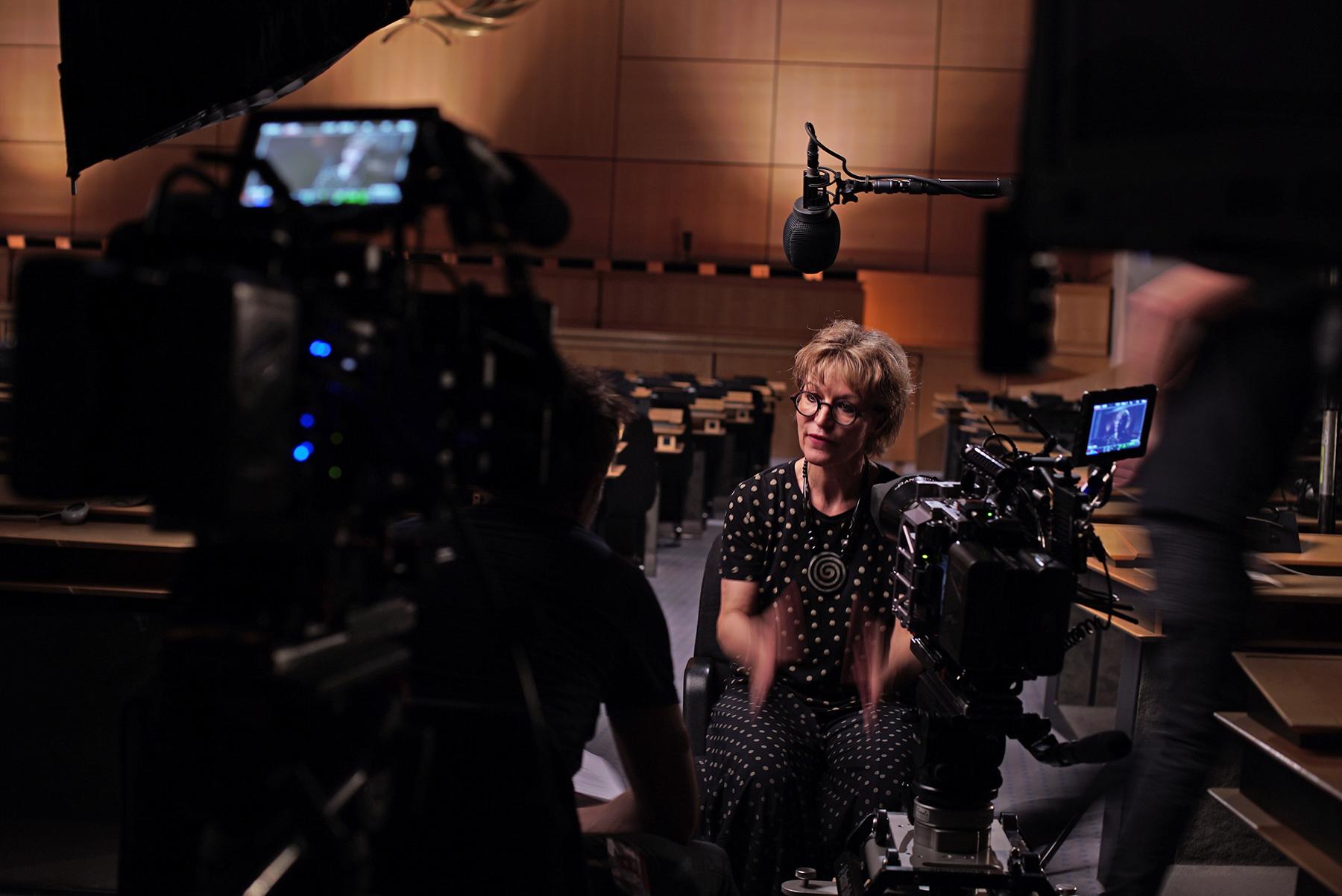
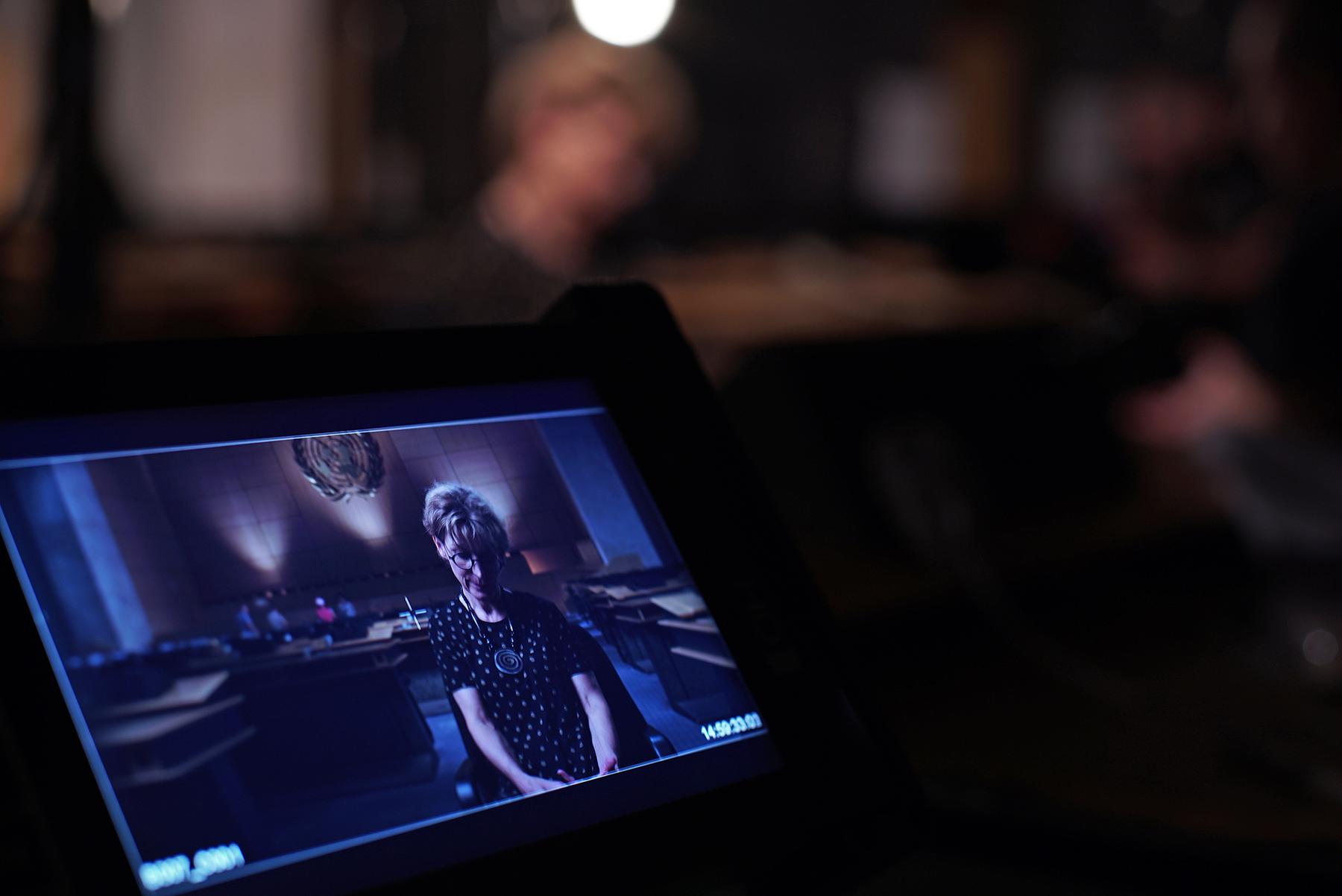
There are three principal interviewees in the film — Omar, who was in touch with Khashoggi up to a couple of hours before he died; Khashoggi’s fiancée, Hatice Cengiz, who waited vainly for him outside the consulate; and the chief prosecutor in Istanbul who investigated the murder, Irfan Fidan. One of Swantko’s main challenges on this production — which premiered at the 2020 Sundance Film Festival and was acquired for distribution by Briarcliff Entertainment — was to elicit an intimacy with these subjects through the camera. “We aimed for a place where the subject is telling their story as an active participant, not just sitting for an interview with someone who flies in,” the cinematographer says.
Swantko spent considerable time blocking each interview, which took two to three hours of setup time. “I told the crew that this isn’t a run-or-gun situation. We needed bigger locations — rooms over 1,000 square feet.”
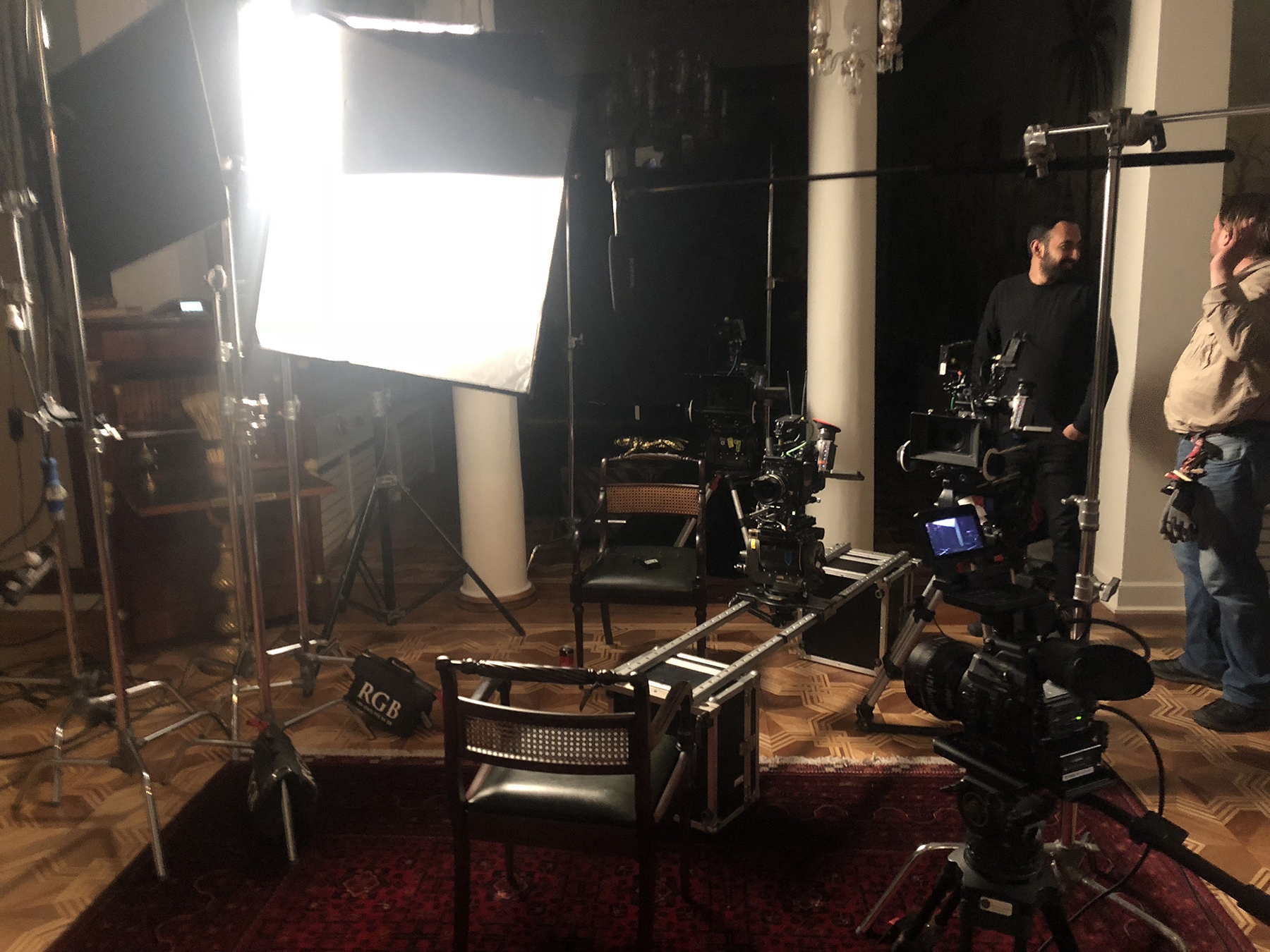
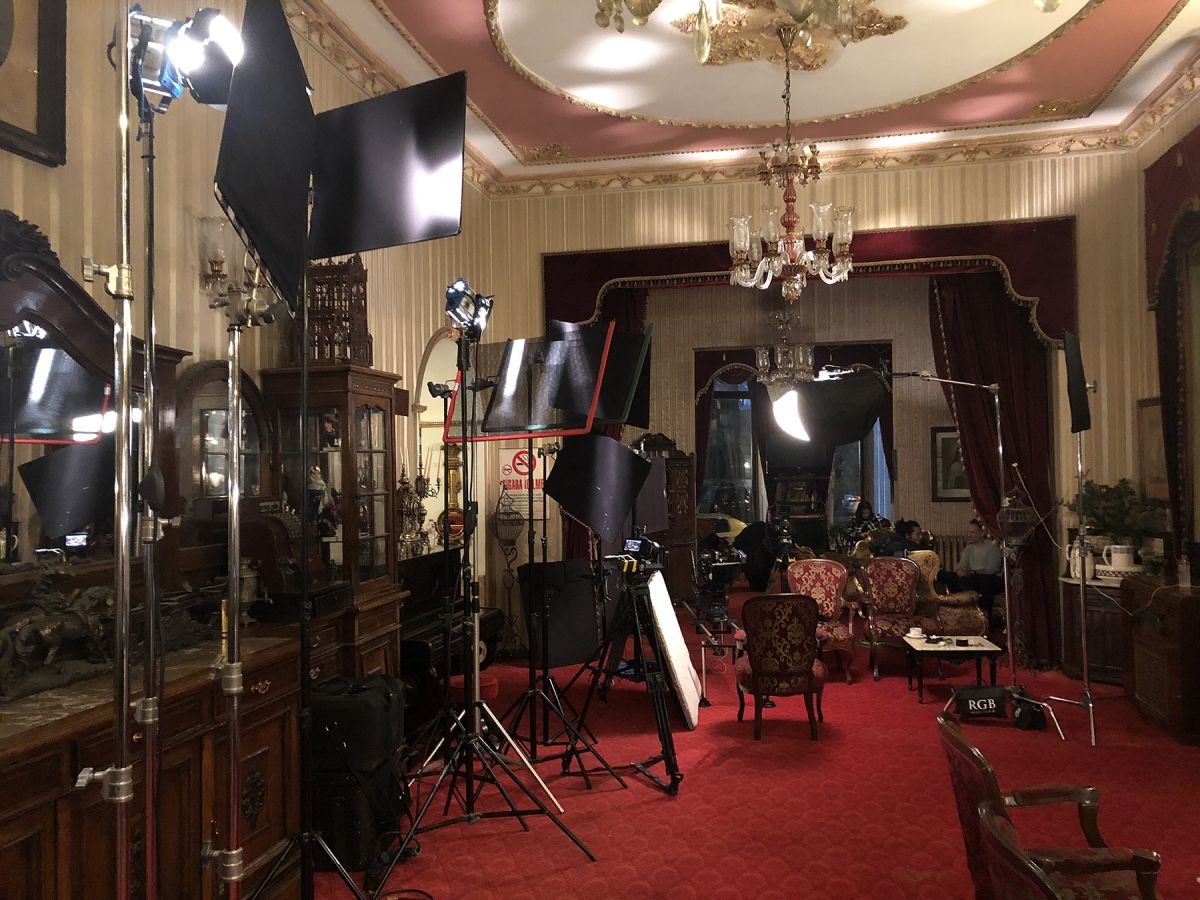
For a more dramatic look, the cinematographer wanted to be able to move in and out on the interviewee’s face. He put in a dolly on a 4' track, with one end almost touching the subject’s knee, “but once Bryan started engaging the subject with questions, we never had anyone looking at the camera.” In addition, he would have a second fixed camera over Fogel’s shoulder as he did the interview, and a third camera at three-quarter angle from shoulders up. “The dolly gave me three different shots — a low wide close-up at the end of the rail, a medium shot in the middle, and a low medium shot at the back of the rails.”
Says Fogel, “I am very rarely second-guessing Jake’s choices — I allow him to establish the shot, I give it a look, and I say ‘great.’ I think of Jake as my brother, my best friend, my partner.”
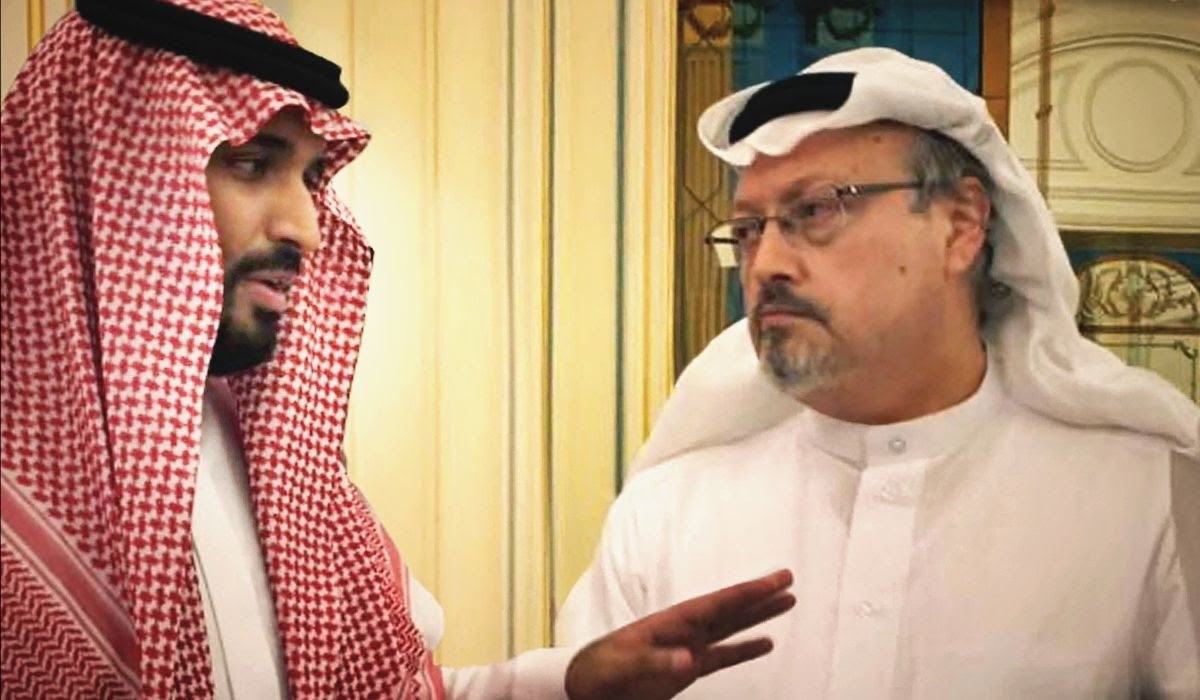
After Khashoggi was killed, Omar was terrified he was next on the Saudis’ list, and was initially reluctant to take part in the documentary. Fogel told him it was very important to film what was happening at that point in his life, considering the threatening text messages — and they agreed to do the shoot, and that the memory cards would be given to Omar. “I can tell you, taping up a brick of seven or eight CF cards and handing them over — it gets real!” Swantko says.
Three months later, Omar agreed to give back the cards and let them use the material in the film.
“I light and shoot exactly the way I want the end product to look,” Swantko says, so color grading (performed by Luke Cahill at Different by Design) didn’t take long. “I wanted as much cinematographic quality as possible to make sure we told the story right — because you almost owe a special duty to the story of a journalist being killed. It was a really hardcore story, a really unsettling story.”
AC contributor Iain Marcks spoke to Swantko at length at the Canon Creative Studio in Park City during the Sundance Film Festival:
Fogel and Swantko were later interviewed together by veteran cinematographer Buddy Squires, ASC — himself an Oscar nominee and Emmy winner for his nonfiction work — as part of the ASC’s Clubhouse Conversation series:






